OlliOlli World is a gnarly tombstone worth returning to
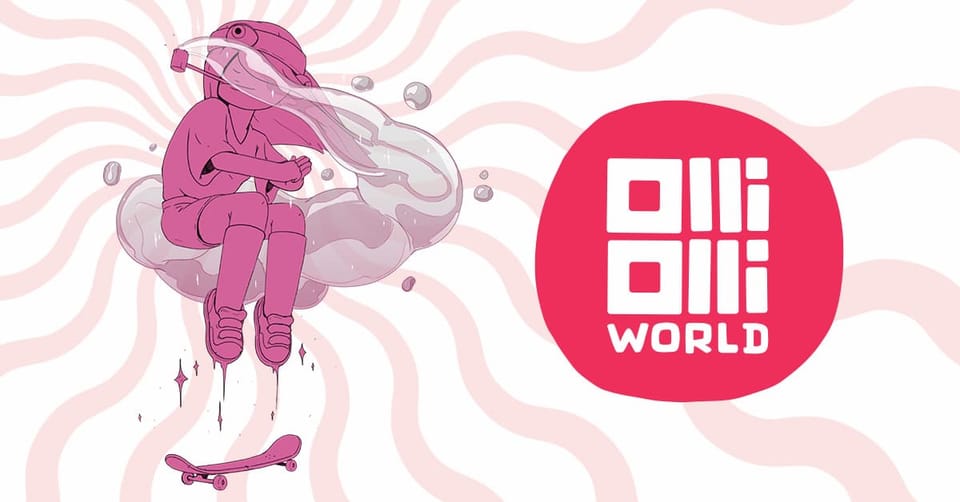
My earliest video games obsessions split the difference between two genres: platformers and action sports games. Sonic the Hedgehog on my friend’s Sega Genesis and later on my own Sega Game Gear better matched my hyperactive brain’s sensory cravings than its slower-paced, mustachioed counterpart. And the wait until my buddy Alex passed me the PlayStation controller for another round of HORSE on Tony Hawk Pro Skater 2 was as interminable as any Christmas Eve. These games offered the promise of an immediately, miraculously transformed body. Grab the controller, amplify your inputs - gotta go fast and do a kickflip mctwist.
Twenty years later, the perfect bridge between these genres landed, and in it I found a new obsession that I couldn’t put down for months. That game was OlliOlli World.
The OlliOlli franchise started development as an iOS game, though it never saw release on Apple’s mobile platform. The first game eventually found release as a PS Vita exclusive before migrating to other platforms. As a 2-D skateboarding series, it flattened the expansive line-finding of the Tony Hawk games into a more precision-driven affair. It narrowed the action sports genre into a side-scrolling exercise in split-second timing while drastically reducing the complexity of controls from its combo-heavy competitors. In both OlliOlli and OlliOlli 2: Welcome to Olliwood, levels were relatively short and utilitarian - eschewing extraneous elements of progression outside the bare march through increasingly difficult challenges on increasingly difficult stages. The visual style of these games fit cleanly within the retro wave pixel art of indie contemporaries like Superbrothers: Sword & Sworcery EP and Super Meat Boy. They garnered a sizable cult following in their niche. Both are still worth going back to.
But in 2022, Roll7, the British game studio responsible for the OlliOlli series made a game that exceeded both the ambitions and execution of previous titles in a way very few other games can claim. OlliOlli World swapped the grungy, arcadey pixel art for vibrant, Adventure Timeesque animation. Instead of the relatively basic stage progressions of the first two games, OlliOlli World unfurled a vibrant, cartoonish sprawling of labyrinthine levels, still in two dimensions, but containing depths via alternative routes layered along the Z-axis. It was all moving from side to side, but somehow in three dimensions, compressed together but not flattened. Like its predecessors, OlliOlli World demanded precise timing and, like them too, its core progression lied through the trick-based challenges on offer, but the overall emphasis shifted away from execution and more towards exploration. Mastery by traversal more than checkboxes.
OlliOlli World wasn’t just an action sports game. It was a platformer. It shared as much DNA with Sonic as it did Tony Hawk. And it was the one of the best platformers I’d played in a very long time.

The year before OlliOlli World’s release, Roll7 was acquired by Private Division, a publishing label owned by the absolutely mammoth Take-Two Interactive. Take-Two publishes, among other things, Grand Theft Auto V. So, you know, big.
Nothing about the acquisition was unusual; Roll7’s laser focus on delivering compelling, if niche, gaming experiences fit well in Private Division’s overall portfolio. Around the same time Private Division acquired Roll7, it also brought Moon Studios (creator of the Ori games) as well as League of Geeks (creators of the digital board game Armello) They were all indie-to-AA development studios looking for the stable backing of an experienced publisher to continue supporting their creative efforts.
This acquisition would, however, prove fateful. Six months after Roll7 released OlliOlli World, they would go on to drop their apocalyptic roller derby game, Rollerdrome. This would be the studio’s final release. In May 2024, Roll7 was abruptly shuttered by Take-Two Interactive following a record sales year for the company. Six months later, the entire Private Division label was sold off to an unknown buyer. We know now this buyer was Haveli Investments, a privately held financial services company who brought in exiles from Annapurna Interactive’s own recent purge to reform as a publishing label now calling themselves Fictions. And while some of the developers working under the old Private Division name were able to transition through all this mess, neither Roll7 or Intercept Games, the developers of the popular Kerbal Space Program series, were among them.
I have vivid memories of the Xbox 360’s indie heyday. For six years, from 2008 to 2013, Summer of Arcade felt like a glimpse into the brave indie future of video games. Through it, I played Braid, Shadow Complex, ’Splosion Man, Limbo, and Bastion - all titles that proved formational in defining what kinds of experiences video games could offer through the next ten to fifteen years. OlliOlli World felt like a expression of the indie-cum-AAA optimism that characterized those summers. It was this idea that if a developer had good enough ideas and clever enough teams, eventually some established publisher with a shit ton of money, like a Microsoft or a Take-Two, would come along and reward that innovation with the stability they needed to stay solvent while they pushed the creative boundaries of the medium outward.
In his elegy for Roll7 on Eurogamer, Robert Purchese shared that in an interview with Roll7 co-founder John Ribbins following the acquisition by Private Division, he asked Ribbins how it felt to partner with a company as well-resourced as Take-Two in the midst of a games industry in the grips of round after round of layoffs. Ribbins had this to say:
“I don't think anyone feels safe, but I feel very fortunate that we became part of the Take-Two family when we did, and also very fortunate that they still back what we want to do.”
Less than a year after that interview, Roll7 was gone.
In the months following OlliOlli World’s release, I became obsessed. I tore through the game’s campaign, vibing with its demanding challenge in a way that reminded me as much of Celeste as anything else. Rapid runs, rapid failures, rapid restarts - all leading to glory on the leaderboards.
I love video games but I wouldn’t say I’m very good at them. I’m no speed runner, I’ve only ever beaten one Souls game, and I’m too much of a nervous wreck for most multiplayer games. So when I suddenly found myself spending hours and hours repeating a few of OlliOlli World’s most devilish levels and thereby climbing the global leaderboards up into the top 50s, then top 25s, then top 10s… well it was a huge surprise to me.
OlliOlli World unlocked something inside of me that I didn’t know was still there. The spirit of my childhood friend’s basement game room had possessed me, driving me to restart levels over and over again the way we’d pass that DualShock back and forth through the night, one-upping each other with increasingly untenable skating lines.
It was the wonderful, embodied creativity of the thing. I was entering something like a flow state, but less as a trance and more as a Beautiful Mind type explosion of resignification. Rails weren’t just platforms for points, they were passages to newer, gnarlier horizons. Walls were for wall rides, of course, but they were also switches that unlocked previously hidden paths, until they were just walls again at some lower, deadlier depth. No run lasted more than a couple minutes, and failures frequently came much quicker than that.
12 seconds. Slam. Bail. Go again
34 seconds. Slam. Bail. Go again.
90 seconds. Miss the manual, combo over. Bail. Go again.
For hours and hours and hours. Until in April 2022, a couple months after the game released, I was sitting at number 2 in the world on “Rad Dad’s Skatepark”, a relatively early level in OlliOlli World’s progression. It was maybe the proudest I’d ever been while holding a controller.
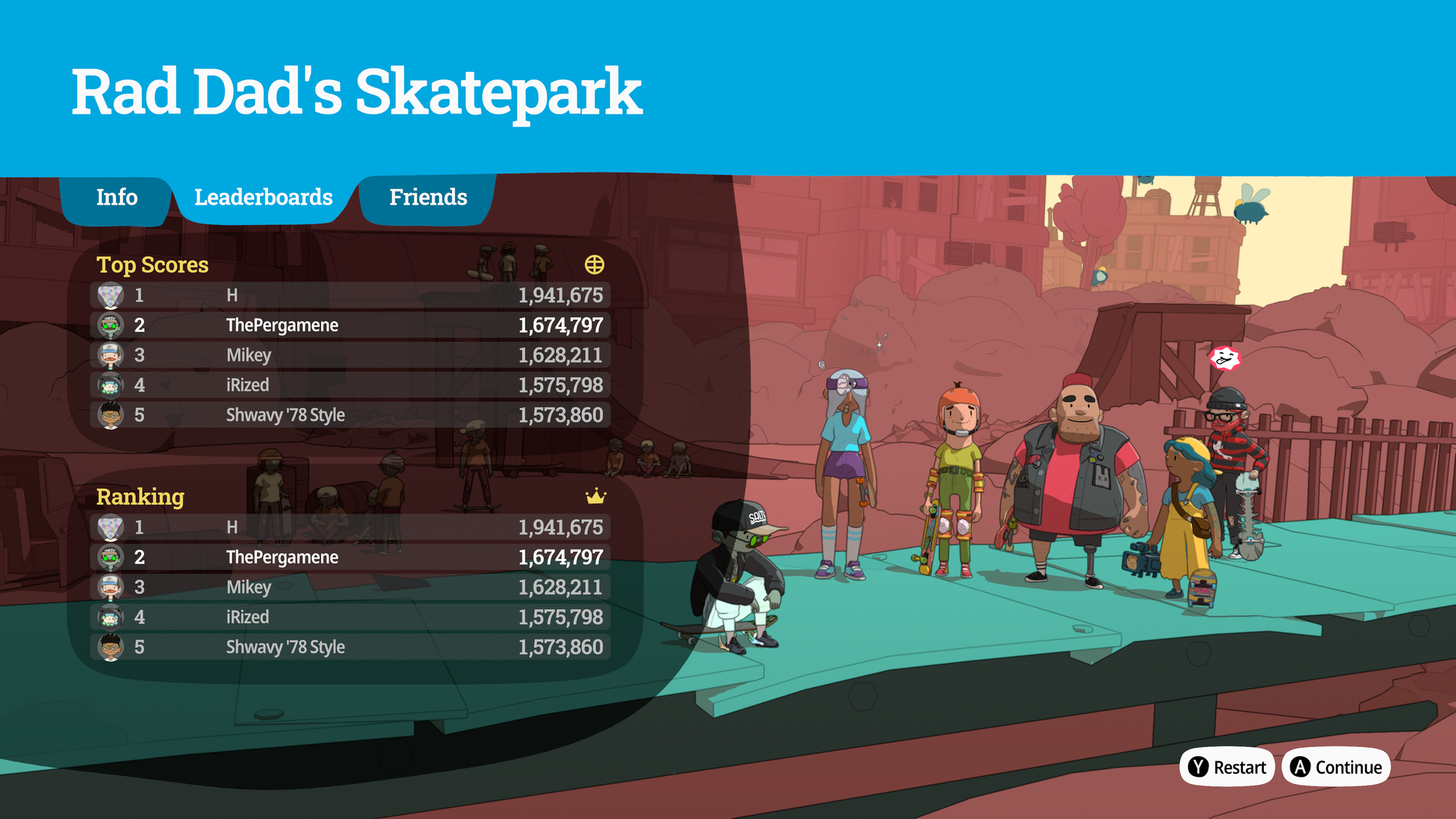
As much as I love OlliOlli World, I find it hard to play these days. It’s lost none of its kinetic shine in the last several years, but what it’s gained is an uncomfortable and emblematic irony. Creatively, it’s an expression of how independent game development has flowered into a million vibrant blooms since 2000. It showcases the beautiful experiences that two decades of postmodern generic syncretism can produce when it's being guided by passionate, talented artists and designers.
But it’s also a tombstone on which you can read a million and one studios’ epitaphs. It’s a living reminder that the last 25 years have left the games industry in constant creative limbo. The firms that fund these wonderful things, along with the people who make them, have found no metric of success which, if achieved, would protect those people from a 5% reduction in workforce to satisfy the shareholders.
There were a few scary weeks in 2024 when both Rollerdrome and OlliOlli World were delisted from storefronts, meaning, there was no longer a legal way to obtain them. They’ve since been restored - you can pick them up on your favorite platforms now, and you should. Games like this are precious, important. But they’re also one merger and acquisition away from vanishing. It’s a miracle things like OlliOlli World ever get made at all.
But man. What a gnarly miracle it is.
Thanks for reading this first entry in my 25 Good Things series. Stick around, there's 24 more good things to go! Appreciate you giving this game the time and attention it deserves, and I hope I can point a bunch more good experiences your way through the rest of the year.
See you next week.
Jordan Cassidy

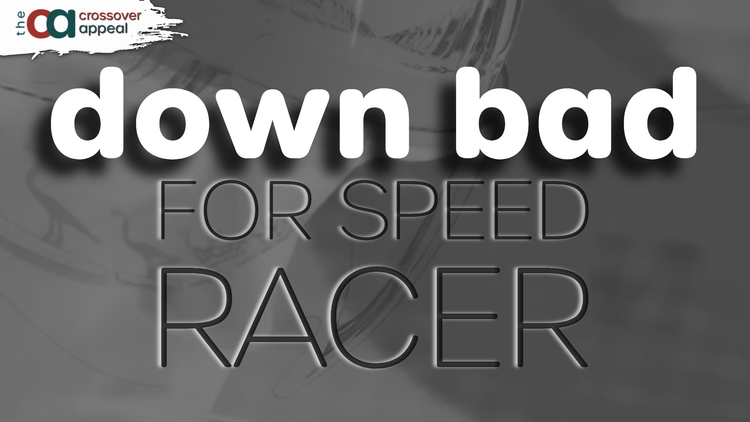
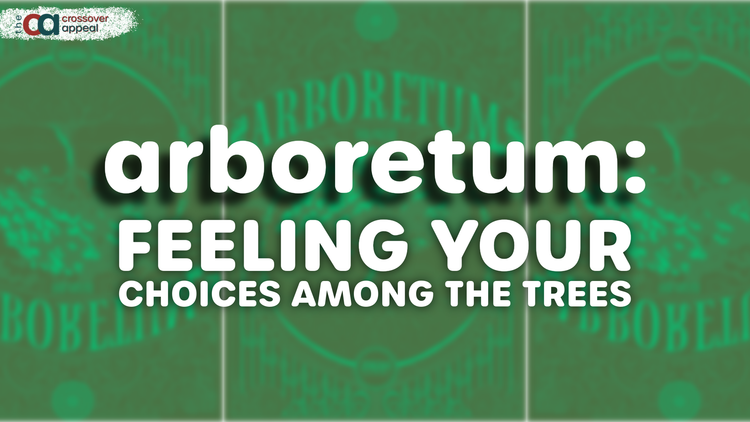
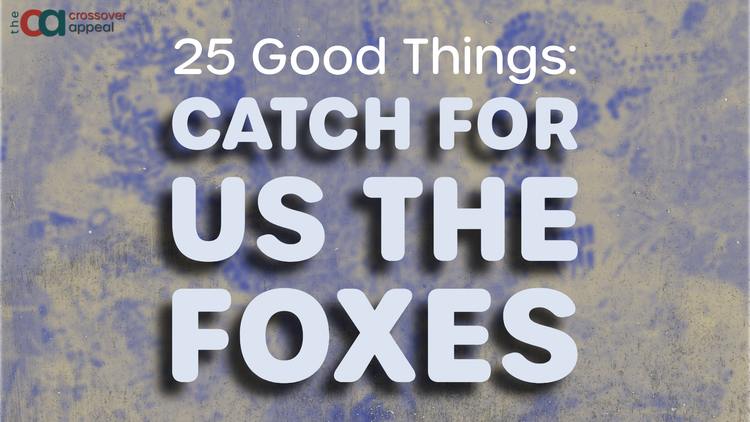

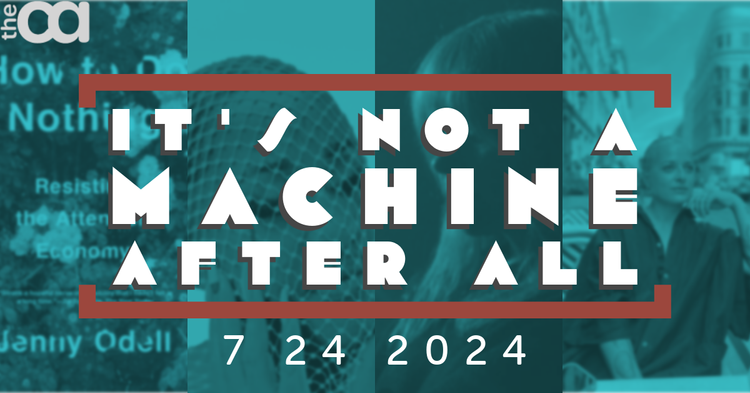
Member discussion